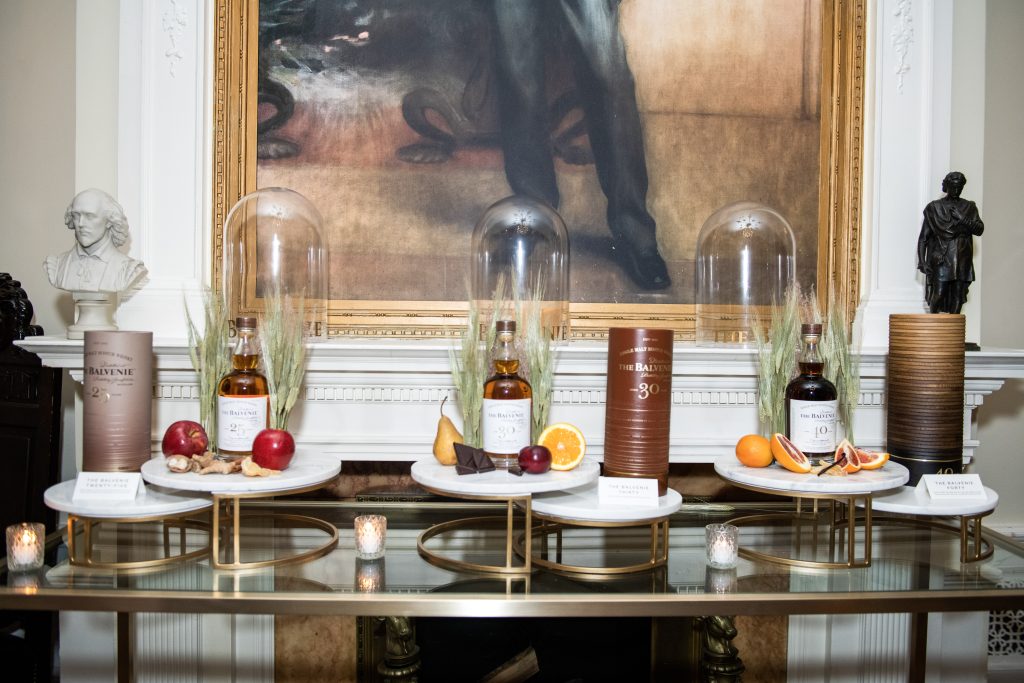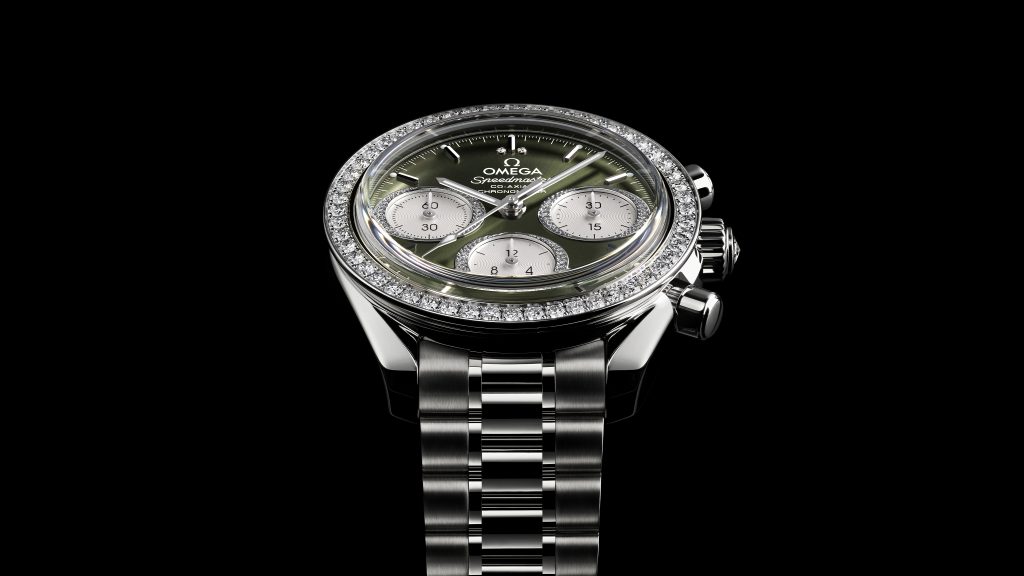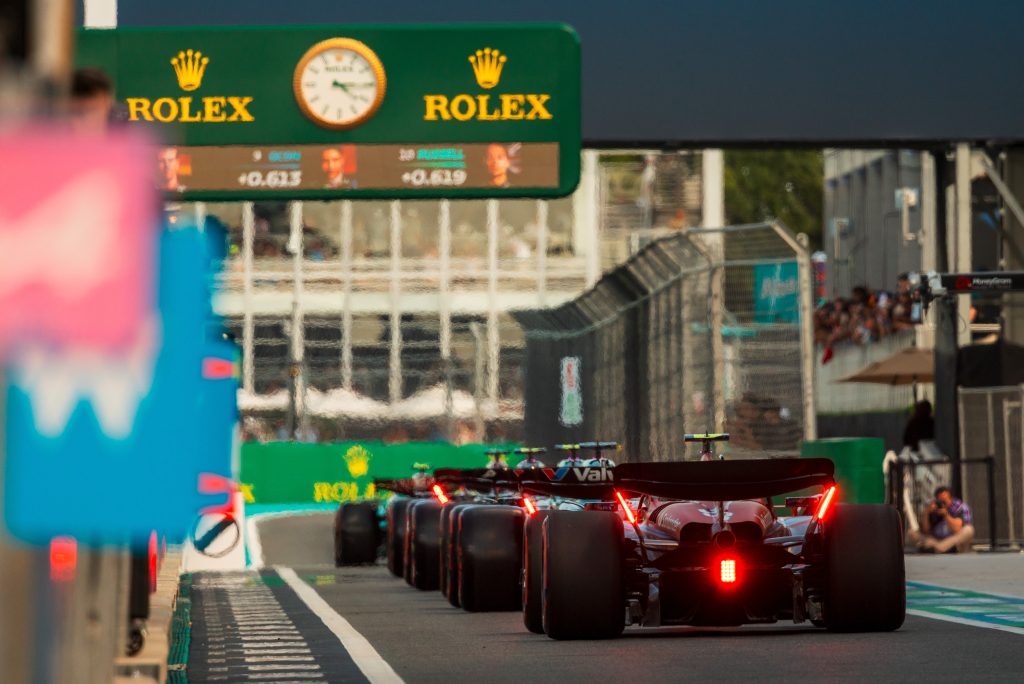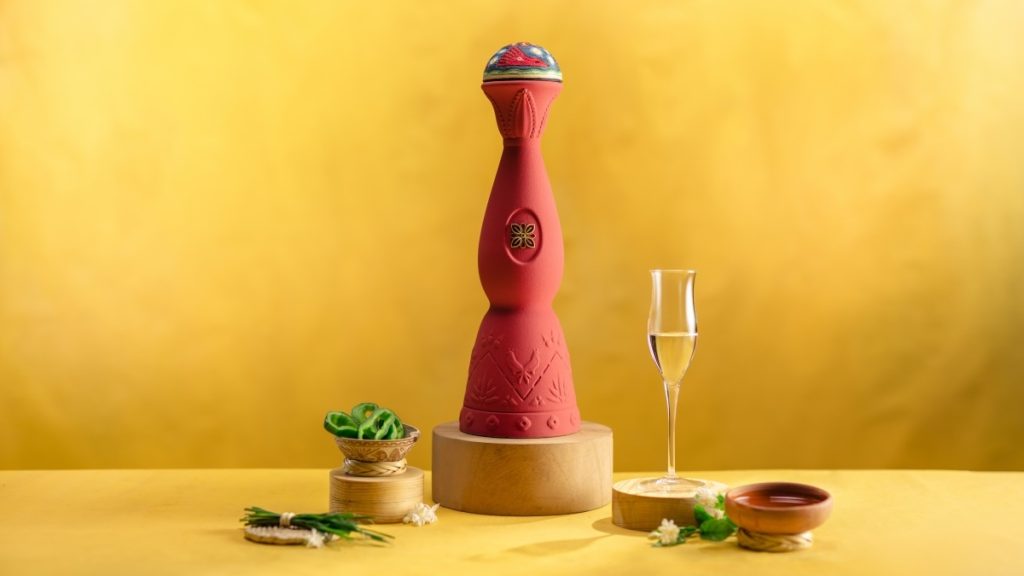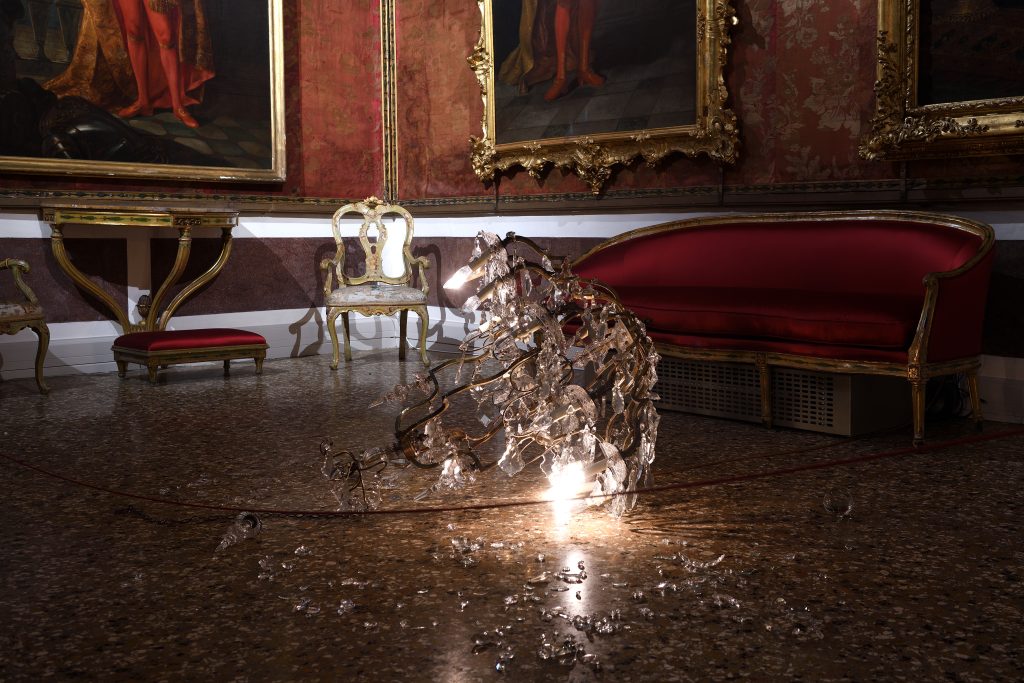The Balvenie Sixty Honors The Six-Decade-Long Career of Malt Master David Stewart MBE
The longest-serving Malt Master’s career parallels his rarest release

An age statement on a single malt scotch whisky bottle symbolizes more than the liquid’s years spent maturing in the quiet recesses of a remote Scottish warehouse. That number is a herald of flavor, an easy orientation toward value in a complex market, and a demonstration of a brand’s patience and capacity for risk. As such, the golden numerals found engraved on The Balvenie Sixty do more than announce the arrival of the distillery’s oldest release ever; they speak to a vision that’s bridged heritage and innovation amidst decades of global change. Further, the path of the liquid within this highly exclusive release parallels that of The Balvenie Single Malt Scotch Whisky‘s legendary Malt Master, David Stewart MBE, who, on 3 September 1962, began to work as a clerk for the distillery. 60 years later, Stewart is the longest serving Malt Master in scotch whisky history (a role he’s held since 1974) and his inventions have become industry standards.

The Balvenie Sixty was announced on 25 October, limited to 71 bottles worldwide, making it the rarest release from whisky-maker. “This is from a single cask,” Stewart tells COOL HUNTING. “We’ve got a few of these barrels, in consecutive numbers, all filled in the same day in June 1962. Back in 2012, we bottled one of these to mark my 50 years.” The Balvenie also bottled another from the parcel for the DCS Compendium Chapter 5, aptly named the Malt Master’s Indulgence.
“I’ve been watching the development of this cask for 30 or 40 years, but more closely recently,” Stewart continues. “It’s a European Oak hogshead, a 250-liter cask. We don’t quite know the history of the cask or how many times it was filled before 1962 but we think it might have been filled before because the wood has not dominated the whisky. It still has all of those lovely vanilla, toffee and citrus notes that we expect from Balvenie.” 60 years in that cask infused the scotch with an intense, luxuriant richness. It measures 42.4% ABV and concludes with a lengthy, spiced finish.

So for 60 years, European oak influenced The Balvenie Sixty and the result was decadence and deliciousness. But what of the Malt Master’s affect on an entire industry for those 60 years? Well, it’s even more impressive. During Stewart’s tenure, there was an initial increase in whisky interest, then a shattering of the market, and finally the reemergence that we’re in today.
“The ’70s were big—but the ’80s were a poor decade for scotch whisky,” Stewart says. “There was a slump in demand and a number of distilleries were mothballed and others cut production. We cut production, as well. If we move forward to recent time, there are a lot of boutique distilleries—some out on the islands, Islay and the Shetlands. And we’ve seen growth at The Balvenie and Glenfiddich [Balvenie’s sister brand at William Grant & Sons and neighbor in Speyside, Scotland].” Now, there’s an insatiable global thirst.

Stewart’s innovations were integral to the return of single malt scotch whisky—and that’s because the Malt Master makes whisky for people to enjoy. Surprise is engrained into his work. “We created The Balvenie Classic range back in the early ’80s when I was experimenting,” he tells us. “I was asked to create these three different Balvenie Classics: a no-age-statement, a 12 and an 18. We had a vatting at that time—a combination of three different barrel types all mixed together. I knew the difference between Spanish oak and American oak. I began to transfer from one to another, to see what happened. I sampled them every month.” This was the invention we now call cask finishing. And Stewart’s experimentation led to the creation of The Balvenie Classic 12 Year, which evolved into Balvenie’s beloved DoubleWood 12 in 1993. “Of course, the whole industry, all over the world, is now finishing in other casks to subtly alter the character of their whisky,” Stewart says.

Since 1993, Stewart’s name has been on the bottle. It’s a gesture he thinks fondly of—and his children and grandchildren have pointed it out to him in airport duty-free shops. Beside his name on The Balvenie Sixty is that of Kelsey McKechnie, who was recently named Malt Master, as well. “It was Kelsey who chose the one cask for this bottling,” Stewart says, explaining that she joined the brand after a graduate program and impressed everyone with her ability to nose whisky early on. She’s been Stewart’s apprentice for four years now.

“The 60-year-old cask has been such a dream to work on and I feel a little bit like a cheat in some respects to be able to say that,” she tells us. “We do a lot of re-casking; that’s when we move spirit from one wooden vessel to another to dial up the flavor or to create new flavors. This, however, has been left entirely untouched since 1962. Apart from sampling it every now and then and making sure the oak and the spirit are doing what they should, my job has been pretty easy.” McKechnie easily noted the beautiful balance between the liquid’s signature distillery character and the influence of European oak.
“David’s been in this role for six decades and he will openly say he learns new things every day,” McKechnie says of his mentorship. “When we find new flavors in the warehouse, we get to ask ‘How did that happen?’ and ‘How can we recreate this flavor again?’ It’s all on a quest to make sure the quality of the spirit is consistently perfect. But, day-to-day, he set an attitude toward blending. He’s created such a relaxed environment.” Perhaps it’s this work culture that makes not only this milestone $145,000 release so spectacular, but also their highly sought-after core range, which includes the 14 Year Caribbean Cask and 21 Year Portwood.

The Balvenie Sixty’s hand-blown crystal bottle and crystalline tube casing act as an exclamation point to the liquid—and to Stewart’s career. Etched on all of the layers are quotes from Balvenie colleagues about the Malt Master’s contributions. In some ways, it’s also a nod to a little-known fact: Stewart was one of five whisky blenders invited by glassmaker Raymond Davidson to lend their thoughts on the creation of the Glencairn glass. It’s now one of the most cherished ways to enjoy a dram of single malt scotch whisky and undeniably the best way to sip The Balvenie Sixty if the opportunity arises.
Images courtesy of The Balvenie
